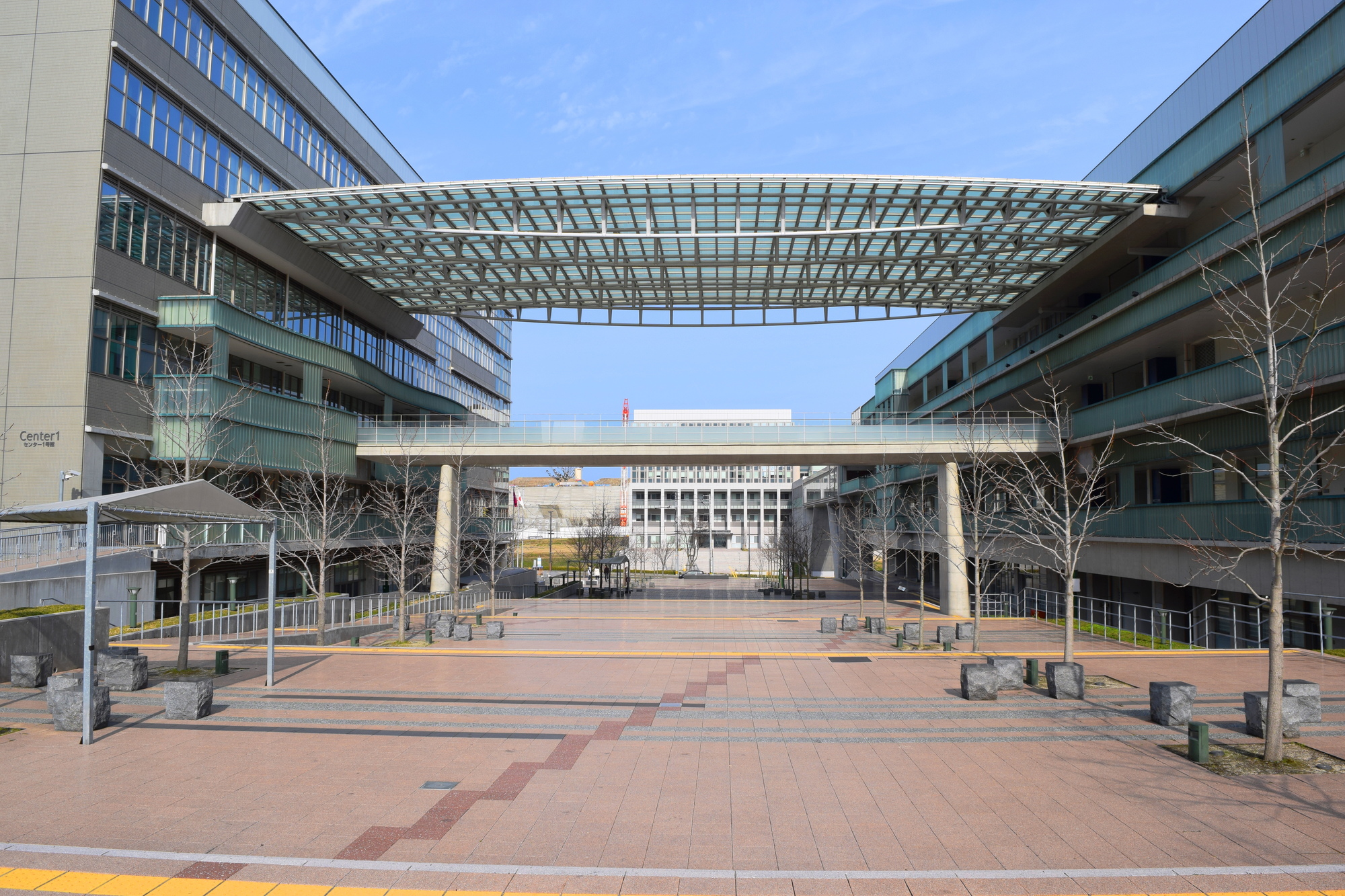The International Institute for Carbon-Neutral Energy, Graduate School of Engineering, Kyushu University has succeeded in measuring the spatiotemporal fluctuations that occurred in the deep crust during the Kumamoto earthquake (magnitude 2016) that occurred in April 4.
This study applied a method called "seismic wave interference method" to the minute vibrations recorded by the seismograph of the National Research Institute for Earth Science and Disaster Prevention, and investigated the seismic wave velocity around the source fault of the Kumamoto earthquake.Since the seismic wave velocity is affected by the crustal movement and the damage to the crust caused by the earthquake, it is possible to monitor the change in the deep part of the crust by examining the time change of the seismic wave velocity.
As a result of the analysis, a decrease in seismic wave velocity was observed around the fault associated with the Kumamoto earthquake, and we succeeded in mapping the crust damaged by the earthquake.Furthermore, it became clear that the eruption of Mt. Aso that occurred after the earthquake increased the seismic wave velocity, and it was presumed that the eruption reduced the pressure of the magma chamber and reflected the hardening of Mt. Aso.
Thus, using the method developed in this study, it is possible to clarify the complex changes occurring inside the crust.It is said that this is the world's first achievement to investigate the spatiotemporal fluctuation of the seismic fault and the magma chamber inside the volcanic body with high resolution.
Earthquakes and volcanic activity are phenomena that occur in the deep crust, and in order to accurately understand their fluctuations, this method using seismic waves propagating in the deep crust is considered to be effective.If this method can be used to capture minute fluctuations that occur before an earthquake and signals before an eruption, it may be a new source of information for predicting the activity of faults and volcanoes.The research group says that it will continue its research toward crustal monitoring of the entire Japanese archipelago.
Paper information:[Science Advances] Spatial and temporal seismic velocity changes on Kyushu Island during the 2016 Kumamoto earthquake

